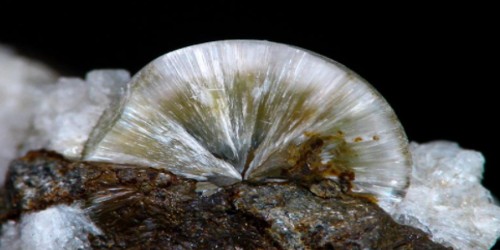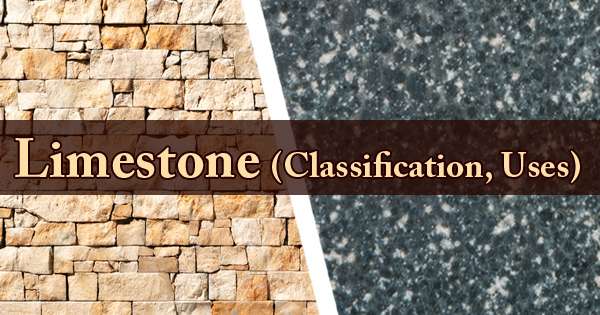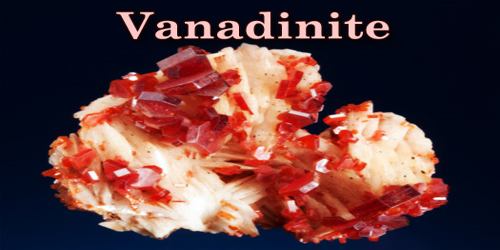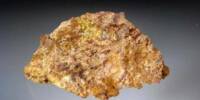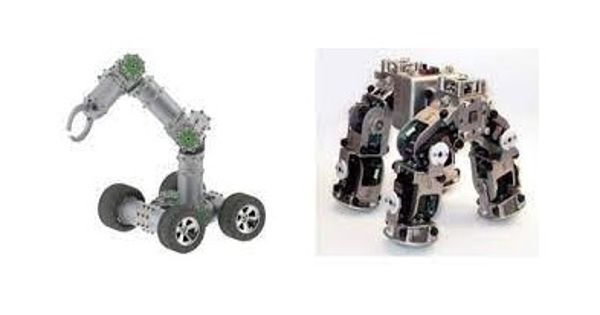Hydroxylapatite, also called hydroxyapatite (HA), is a naturally occurring mineral form of calcium apatite with the formula Ca5(PO4)3(OH) but is usually written Ca10(PO4)6(OH)2 to denote that the crystal unit cell comprises two entities. Hydroxylapatite is the hydroxyl endmember of the complex apatite group. It is a complex phosphate of calcium that occurs as a mineral and is the chief structural element of vertebrate bone
Naturally occurring apatites can, however, also have brown, yellow, or green colorations, comparable to the discolorations of dental fluorosis. It is seldom pure in nature but often occurs mixed with fluorapatite, in which fluorine substitutes for the hydroxyl (OH) group in the molecule.
General information
- Category: Phosphate mineral (Apatite group)
- Formula: Ca5(PO4)3(OH)
- Crystal system: Hexagonal
- Crystal class: Dipyramidal (6/m)

Fig: Hydroxylapatite
Properties
The OH− ion can be replaced by fluoride, chloride or carbonate, producing fluorapatite or chlorapatite. It crystallizes in the hexagonal crystal system. Pure hydroxylapatite powder is white.
- Formula mass: 502.31 g/mol
- Color: Colorless, white, gray, yellow, yellowish green
- Cleavage: Poor on {0001} and {1010}
- Fracture: Conchoidal
- Tenacity: Brittle
- Mohs scale hardness: 5
- Luster: Vitreous to subresinous, earthy
- Streak: White
- Diaphaneity: Transparent to translucent
- Specific gravity: 3.14–3.21 (measured), 3.16 (calculated)
- Optical properties: Uniaxial (-)
Occurrence
Up to 50% by volume and 70% by weight of human bone is a modified form of hydroxylapatite, known as a bone mineral. Carbonated calcium-deficient hydroxylapatite is the main mineral of which dental enamel and dentin are composed. Hydroxylapatite crystals are also found in the small calcifications, within the pineal gland and other structures, known as corpora arenacea or ‘brain sand’.
Information Source:

